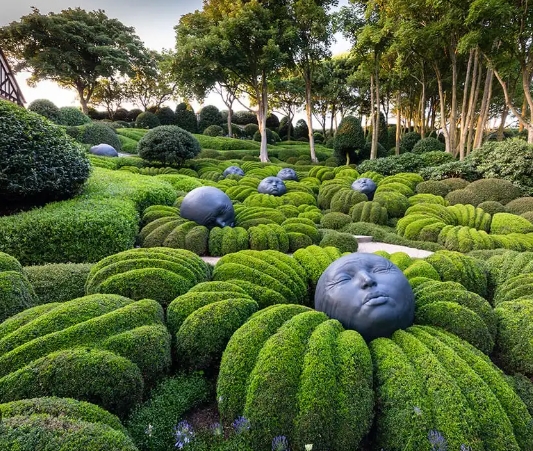Exploring the Innovative Designs of Top Landscape Architects
The work of landscape architects is essential in creating functional and aesthetically pleasing outdoor spaces. These professionals combine their knowledge of design, ecology, and urban planning to create spaces that enhance the surrounding environment and improve quality of life for those who use them.
Innovative Material Usage
One of the key elements of landscape architecture is the use of innovative materials. Top landscape architects are constantly exploring new materials that are both sustainable and visually appealing. From recycled wood and metal to permeable pavers and living walls, these designers are pushing the boundaries of what is possible in outdoor design.
Green Infrastructure
Another important aspect of landscape architecture is the incorporation of green infrastructure. This includes features like rain gardens, green roofs, and bioswales, which help manage stormwater runoff and promote biodiversity. These elements not only improve the environmental sustainability of a space but also create beautiful and functional outdoor environments.
Multi-Functional Spaces
Top landscape architects are also skilled at creating multi-functional spaces that serve a variety of purposes. From rooftop gardens that provide a peaceful retreat in urban environments to public parks that host cultural events and community gatherings, these designers are adept at maximizing the potential of a space while maintaining its natural beauty.
Integration of Technology
Innovation in landscape architecture also includes the integration of technology into outdoor spaces. From interactive installations and smart lighting systems to virtual reality simulations of proposed designs, technology is becoming an increasingly important tool for landscape architects to communicate their vision and engage with clients and users.
Conclusion
The work of top landscape architects is constantly evolving as they explore new materials, incorporate green infrastructure, create multi-functional spaces, and integrate technology into their designs. By pushing the boundaries of traditional landscape architecture, these designers are able to create outdoor spaces that are not only beautiful and sustainable but also provide meaningful benefits to the communities they serve.

